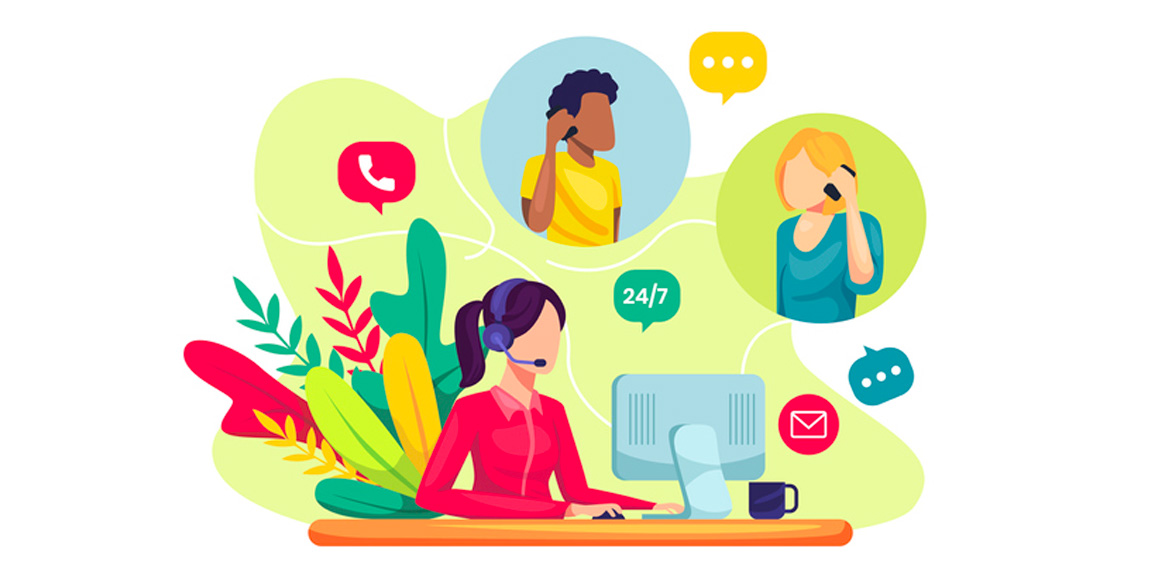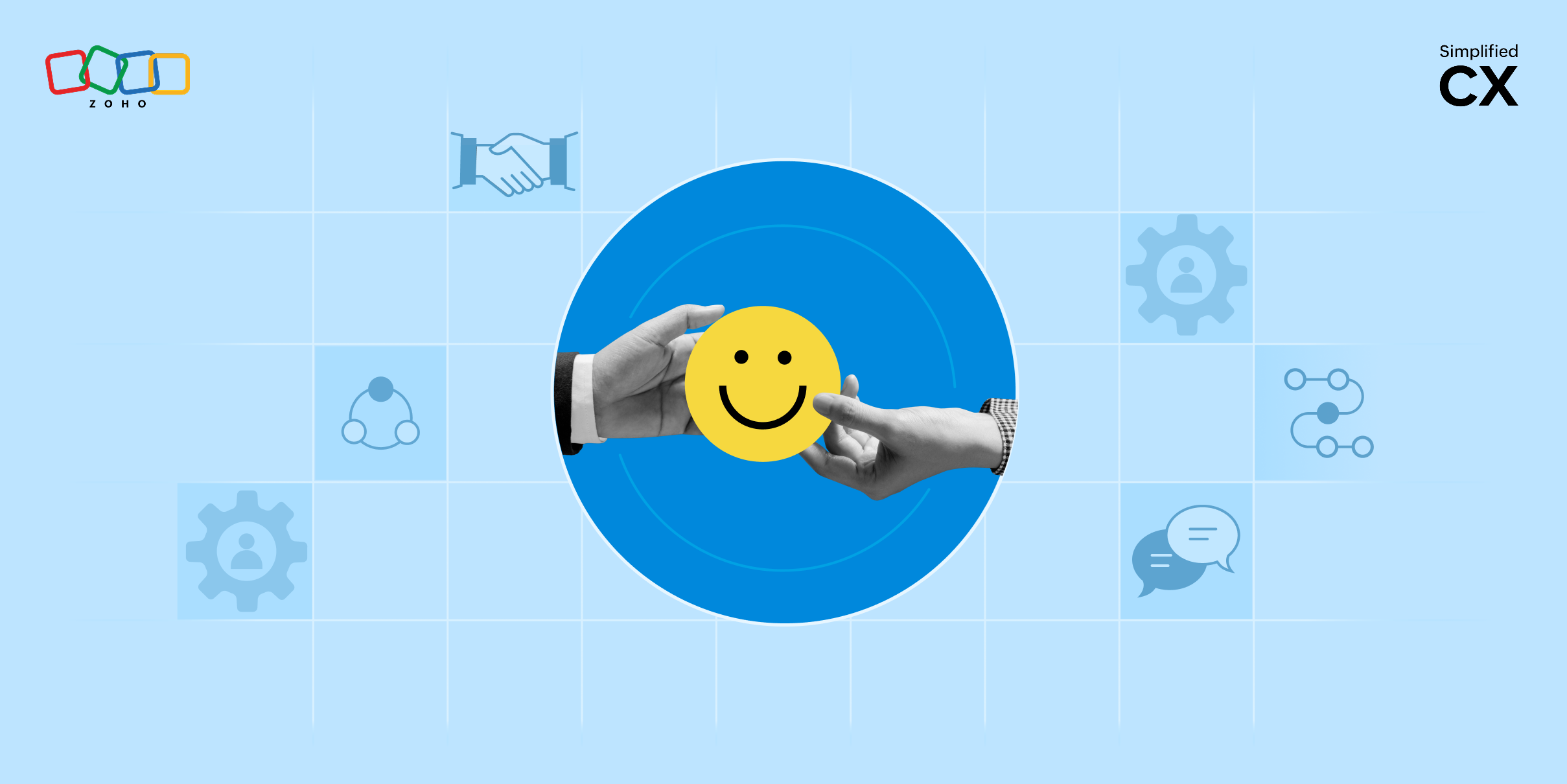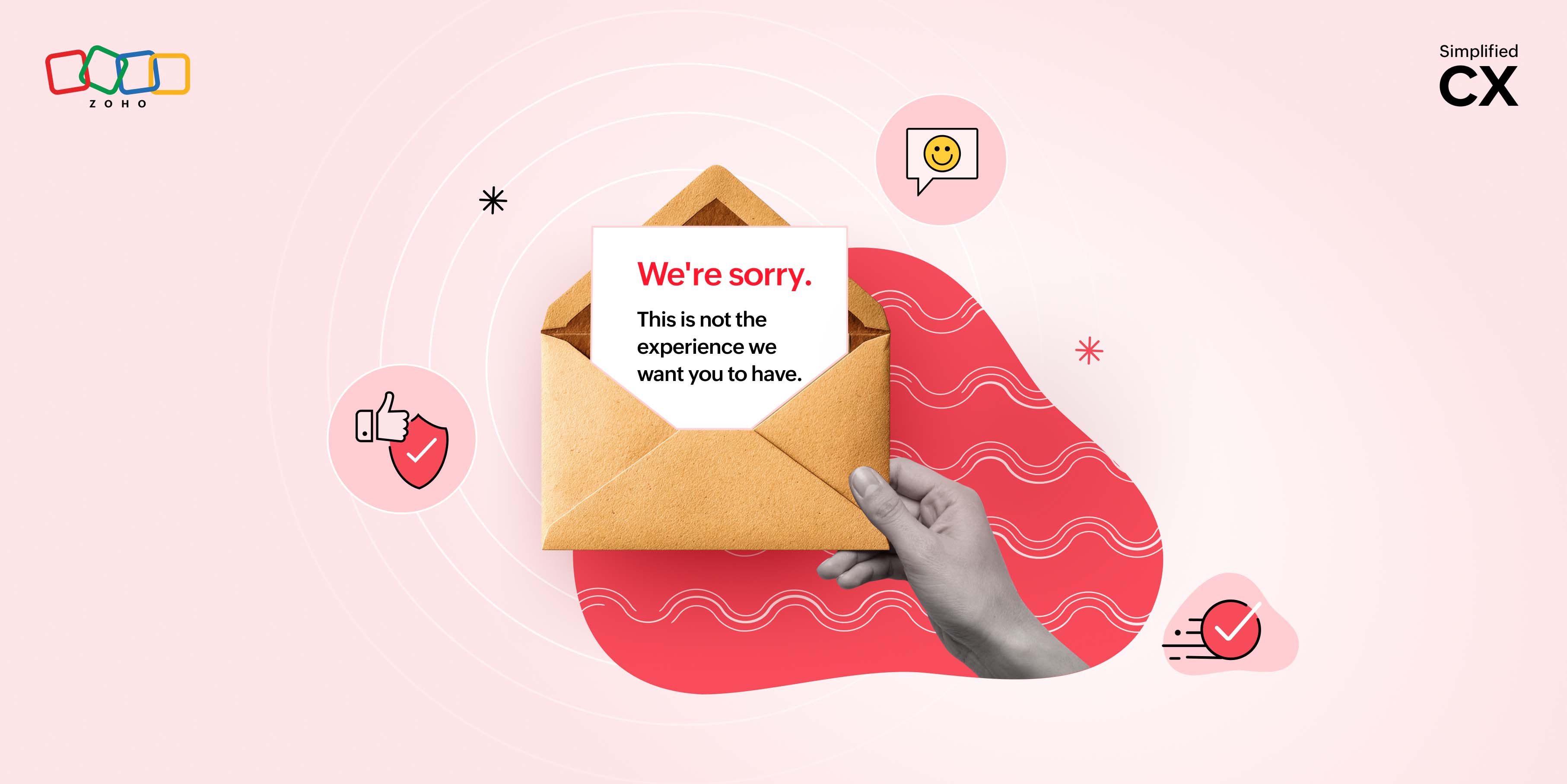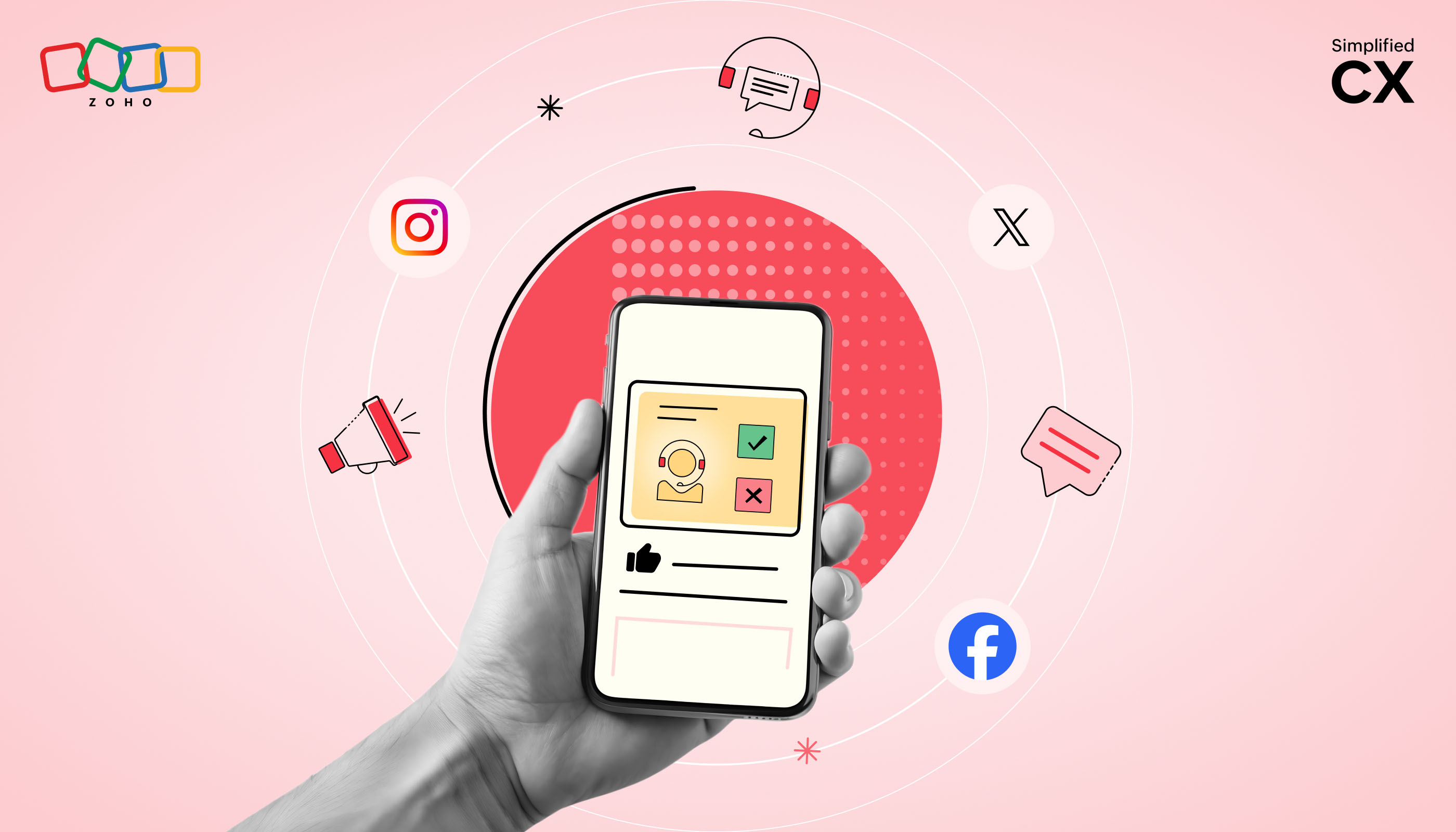Do (almost) everything, be everywhere, all at once - Part 1
- Last Updated : October 24, 2023
- 360 Views
- 6 Min Read

If there's a business function that's expected to be omnipotent, omniscient, and omnipresent, it's none other than customer support.
Think about it.
A customer needs a particular change to be made to their subscription? Your support team must be able to do it. Another customer has a complex question about your product/service? Your support team must be able to answer it. And there's another customer who doesn't want to make a phone call, but wants to talk via an instant messaging (IM) app? Your support team must be available on it!
All three qualities are equally important, and compromises on any of them tend to leave negative impressions on customers. It's teams that excel on all three fronts that can turn customer satisfaction into customer loyalty.
In this three-part series, we'll share some ways in which customer support teams can achieve this three-pronged goal, starting with omnipresence.
In terms of customer support, omnipresence simply means providing an omnichannel experience. Thanks to advancements in technology, today there are multiple ways or channels through which customers can contact you for support. So the more channels you're on, and the more consistent the experience you provide across all of them is, the more likely you are to retain customers.
Let's look at how this can be achieved.
Identify your customers' choice of channels
As a product/service provider, you cannot expect your customers to come to where you are. The onus is on you to go where your customers are. To do this successfully, you must first be aware of the demographics of your customer base. This data will give you a clearer picture of which channels customers widely use or prefer. For instance, Gen Z customers might lean more towards nonverbal channels, such as IM apps or social media platforms, whereas Gen X customers might prefer traditional channels, such as phone or email, and Gen Y customers might be comfortable with both. By knowing the composition of your customer base, you can further decide what portion of your support team should be dedicated to which channel.
Similarly, geography is also a factor you should consider while setting out to identify the channels your customers prefer. This mainly applies to channels like IM, because not all IM apps are popular or used all over the world. For example, WhatsApp might be the most widely used IM app across the world, but it's WeChat that holds this spot in China, and LINE that's dominant in Japan and the majority of South East Asia. So if you have customers in these regions, it's prudent to have a presence on those apps and not restrict your team just to WhatsApp.
Provide easy and quick access to the channels you support
What's the first thing you should do after establishing a presence on different channels? Letting your customers know that you're on them! That means you can immediately bombard them with messages on all channels you're now on, right?
NO!
Do not proactively communicate with customers on new channel(s), because they might consider it a violation of their privacy. Instead, use the channels through which they've contacted you previously to inform them about any new ones. For example, if you've set up an IM channel and your customers contact you through email, you could send a well-designed newsletter informing them about the IM channel. Once they become aware of this information, they'll start using a channel of their choice, based on their own convenience and comfort. In the same vein, update your website, help center, marketing collaterals, and all other places where you publish information related to your support channels. Making it easy for customers to get in touch with you is a sure-shot way to win their appreciation and respect.
Train agents on channel-specific communication
A key challenge customer support managers face is distributing the workload, which becomes more complex in an omnichannel environment. One way to solve this is to assign particular agents to particular channels. However, this may not be an option for all organizations, in which case, all support agents might be required to work across all channels. Then again, one can't communicate the same way on all channels. Customers might appreciate a more casual tone or style on a channel like chat, whereas the same can't be said when it comes to email or phone.
Similarly, not all customers communicate the same way; some might use florid language rife with idioms and figures of speech, while others might be more direct or use excessive internet lingo. It's imperative that your agents are aware of such subtleties and interact accordingly with customers. Periodic workshops or training sessions go a long way in helping agents hone their communication skills. It's also important to train them on brand-specific/industry-specific communication, wherein there might be certain phrases or messaging that are unique to your brand and which you'd like to reiterate in customer interactions.
Maintain a single source of truth to ensure customer context
Having an omnichannel support setup definitely makes life easier for your customers. But in the process, you shouldn't make life difficult for your agents. Multiple channels for customers means multiple places and user interfaces (UIs) for agents. It's definitely tedious to have the IM channel open on one tab, email on another, and a separate VoIP software tool for calls and so on. Keeping track of requests becomes challenging in such a case.
Therefore, invest in a help desk software platform that comes with robust omnichannel capabilities. This way, your agents can access all the different channels from a single UI, thereby saving time wasted spent on switching between multiple tabs and tools.
The most important purpose and benefit of a help desk application, however, is that it enables you to access all interactions with a customer from a single place. This capability is especially handy when a request passes from one agent to another, or is started on one channel and continued on another. In subsequent customer interactions, agents can pull up past requests to get a clearer picture about the customer and the product/service they've purchased. When your agents are equipped with better insights into customers, the quality of support they provide is also bound to get better.
Include self-service capabilities
While all customers appreciate having different support channels at their disposal, a good portion of them also prefer finding solutions by themselves. So make sure to include self-service capabilities for simple and/or frequently reported issues from customers. Doing this both empowers your customers and saves time for your agents.
The two most widely used self-service capabilities when it comes to customer support are knowledge bases and user communities. A knowledge base is nothing but a central repository that contains help articles with textual and visual content like how-to guides and videos related to your products/services. While setting up a knowledge base, make sure that your help articles cover all the areas related to your offering, and update relevant articles consistently whenever there's a change.
Next is the user community: a peer-to-peer knowledge sharing space where your customers can interact with one another to find solutions to issues. As with a knowledge base, a user community can also be a boon for your support agents, helping them invest more time and effort on fixing more complex issues. The beauty of the user community is that you can also post announcements, receive feedback, ask questions, and so on, to keep a pulse on what your customers truly need from you. A vibrant and highly engaged user community sends a clear message to your customers that you care about them.
Keep in mind that a good help desk software app includes strong self-service capabilities as well.
Ensure an inclusive experience
No matter what channel you have a presence in, make sure that your customers feel welcome on it. There are multiple ways in which customers differ from one another, and it's important that both your support agents and other team members in customer-facing roles are mindful and thoughtful when interacting with diverse people.
Much like communication training, sensitivity and inclusivity training can go a long way in helping your agents shed preconceived notions about diverse groups of people and deliver a uniform and consistent experience for all customers. The only thing that matters is the efforts you take in this direction must be genuine and not half-hearted.
Right. So, all these steps can help your customer support team achieve the goal of omnipresence. What about omniscience and omnipotence?
Keep a watch on this space for the next two articles in this series.


